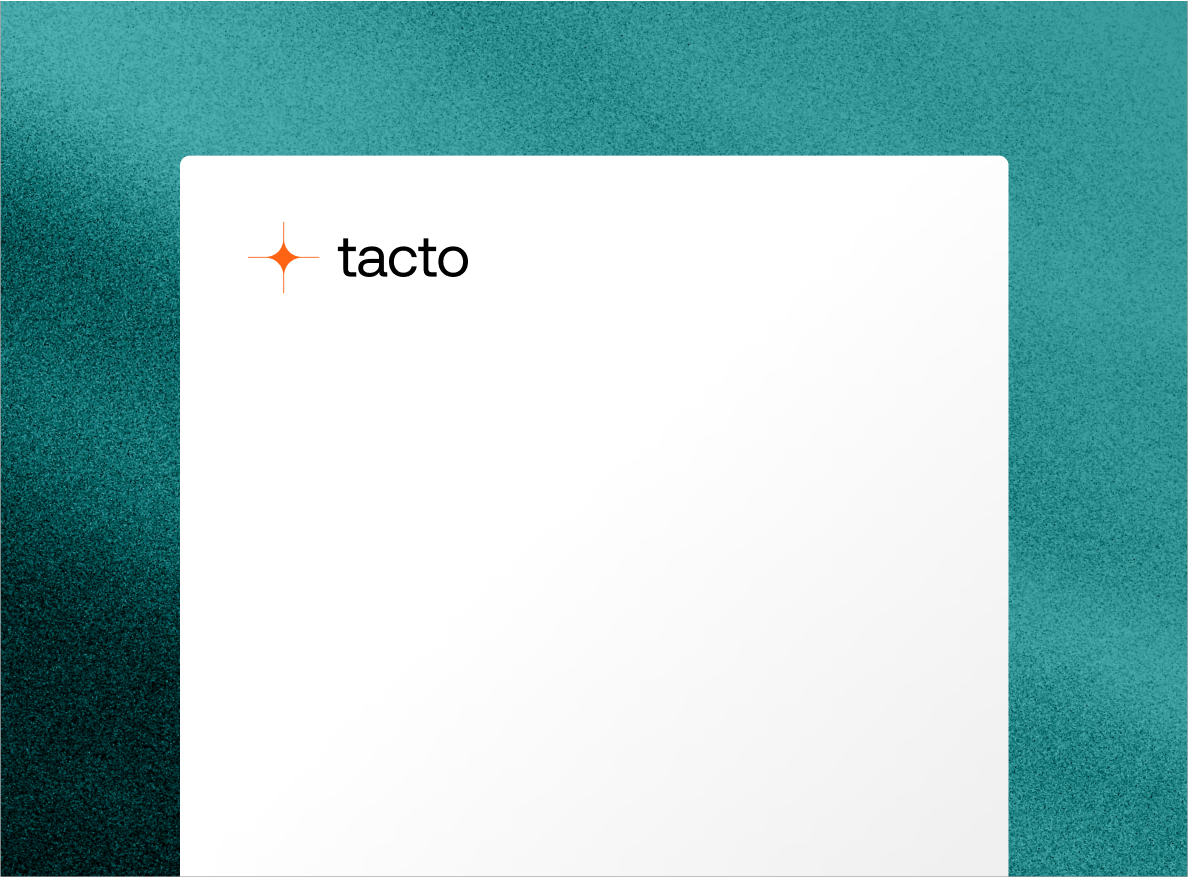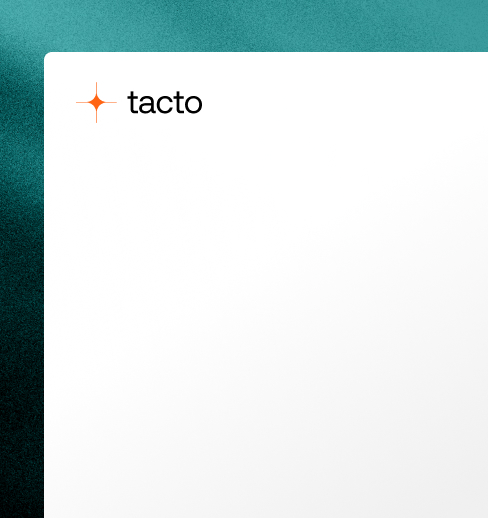Procurement Glossary
EUDR in Procurement: compliance requirements and implementation strategies
From the end of 2025, the EU Deforestation Regulation (EUDR) will revolutionize procurement practices for seven critical raw materials and their derived products by requiring complete traceability back to the cultivation area and posing considerable challenges for purchasing departments - those who implement digital solutions now and strategically integrate suppliers will not only ensure compliance, but also long-term competitive advantages.
What is EUDR in Procurement?
The European Union Deforestation Regulation (EUDR) is an EU regulation that will be binding for large and medium-sized companies from December 30, 2025 and prohibits the import and trade of products that contribute to deforestation or forest degradation. In Procurement , it requires comprehensive due diligence checks for critical raw materials such as palm oil, wood, coffee, cocoa, cattle, rubber and soy as well as their derived products, whereby companies must prove that their products do not originate from areas that were created by deforestation after December 31, 2020.
- Committed to implementing comprehensive due diligence obligations along the supply chain
- Concerns seven main raw materials and their derivatives
- Requires detailed geolocation data of the cultivated areas
- Violations may result in fines of up to 4% of annual turnover
Legal basis and time frame of the EUDR
The EUDR was adopted on May 31, 2023 and officially came into force on June 29, 2023. However, it will be applied in stages to give companies sufficient time to implement it. The regulation will apply to large and medium-sized companies from December 30, 2025 and to small and micro-enterprises from June 30, 2026. This staggering takes into account the different capacities and resources of companies of different sizes.
The central goal of the EUDR is to reduce global deforestation and forest degradation, which is largely caused by the production and consumption of certain raw materials and products. According to the Food and Agriculture Organization of the United Nations (FAO), around 420 million hectares of forest have been lost worldwide in the last 30 years - an area larger than the European Union. Up to 90 percent of this deforestation is said to have been for agricultural purposes.
The definition of "operator" in the EUDR is particularly relevant for purchasers. According to Article 2(15), an operator is a natural or legal person who places relevant products on the market or exports them in the course of a commercial activity. Commercial activity is understood to mean processing, distribution and use.
Affected products and raw materials
The EUDR regulates trade in seven main commodities and their derivatives:
- Wood: Including plywood, furniture and various paper and print products
- Coffee: roasted coffee, coffee blends, caffeine in pharmaceutical products
- Cocoa: chocolate and foods containing cocoa
- Palm oil: used in food, cosmetics and as a biofuel
- Soy: soybean oil, animal feed and food additives
- Cattle: meat, leather goods and other animal products
- Rubber: tires, seals and other rubber products
The list of derived products is extensive and ranges from obvious products such as furniture made of wood to less obvious ones such as caffeine in pharmaceutical products or sealing rings with rubber. It is important to understand that operating instructions and other documentation containing these raw materials (e.g. paper) may also fall under the regulation.
Due diligence obligations and due diligence processes
At the heart of the EUDR are comprehensive due diligence obligations that must be implemented in a three-stage process:
Collection of information (Art. 9)
Companies must collect and document detailed information about the supply chain. This includes
- Precise geolocation data of the cultivation areas (GPS coordinates)
- Time of production
- Name and address of all suppliers and dealers
- Proof of compliance with the legal provisions of the country of origin
- Quantity and type of products concerned
The requirement for geolocalization in particular poses major challenges for buyers, as this data is often not readily available and requires close cooperation with suppliers.
Risk assessment (Art. 10)
Based on the information collected, companies must carry out a thorough risk assessment:
- Analysis of the deforestation risk in the regions of origin
- Assessment of compliance with local laws
- Checking the traceability of the supply chain
- Evaluation of the reliability of suppliers
The risk assessment must be documented in a comprehensible manner and serves as the basis for further measures in the due diligence process.
Risk reduction (Art. 11)
If risks are identified, companies must take appropriate measures to mitigate them:
- Requesting additional information or documents from suppliers
- Conducting independent reviews or audits
- Training of suppliers and support in the implementation of best practices
- For non-mitigable risks: Change of supplier or abandonment of certain products
The due diligence obligations of the EUDR must be reviewed annually and companies that are not SMEs must report publicly on their measures.
Strategies for EUDR implementation in Procurement
For purchasing departments, the EUDR means a fundamental transformation of their procurement processes. The following strategies can help to implement the requirements efficiently:
Transformation of procurement processes
The EUDR requires a reorientation of the procurement strategy that goes beyond the traditional focus on costs and efficiency. Buyers must adapt their processes to integrate the new requirements:
- Process integration: EUDR requirements must be integrated into existing procurement processes, from supplier selection to contract design
- New evaluation criteria: In addition to price and quality, sustainability criteria and EUDR conformity must be established as central selection criteria
- Prioritizing the supply chain: An analysis of which products and suppliers are affected by the EUDR is essential for efficient implementation
Supplier management and qualification
Proactive supplier management is becoming a key factor for EUDR compliance:
- Due diligence questionnaires: development of specific questionnaires to collect all EUDR-relevant information
- Supplier development: support and training of suppliers on EUDR requirements
- Contract drafting: integration of EUDR clauses in supplier contracts, including review rights and consequences of non-compliance
- Multi-tier approach: Inclusion of second and third-tier suppliers in EUDR compliance efforts
Documentation and reporting
Complete documentation is crucial for EUDR compliance:
- Structured data collection: Implementation of systematic processes to collect all relevant data
- Establishment of a documentation structure: development of a comprehensive system for storing and managing all EUDR-relevant documents
- Preparation for requests from authorities: Establishment of processes for the rapid provision of evidence in the event of inspections
Digitalization as the key to EUDR compliance
The complexity of EUDR requirements makes the digitalization and automation of processes indispensable. Modern IT solutions form the backbone for efficient and legally compliant EUDR compliance.
Importance of digital solutions
Manually recording and managing the extensive EUDR requirements is hardly practicable. Digital solutions offer decisive advantages:
- Automated data acquisition and processing
- Efficient risk assessment using algorithms and AI
- Seamless documentation and traceability
- Simplified reporting to authorities
The initial investment in digital solutions pays off several times over thanks to reduced operating costs, minimized compliance risks and improved transparency.
EUDR software and its functions
Specialized EUDR software offers a range of important functions to support compliance processes:
- Traceability and information procurement: documentation of all stages of the supply chain and management of the required information
- Coordination of supplier management: Automated administration of supplier questionnaires and status tracking
- Geo-location: Integration of satellite images for documentation and analysis of cultivated areas
- Automated risk assessment: AI-based analysis and assessment of potential risks in the supply chain
- ESG data management: Central management of ESG-relevant data for various compliance requirements
- Interface to the EU TRACES portal: direct transmission of due diligence declarations to the EU information system
For smaller companies, the cost of EUDR software is around €10,000 to €50,000 per year, while medium-sized to large companies with many suppliers and product groups can expect costs of between €50,000 and €150,000 per year.
Integration into existing systems
The seamless integration of the EUDR solution into existing purchasing and ERP systems is crucial for efficient implementation:
- Connection to SRM systems for supplier management
- Integration into e-procurement platforms for automated data capture
- Use of existing master data management systems to avoid data silos
- Interfaces to other compliance systems (e.g. for CSRD, LkSG or CSDDD)
This integration minimizes manual effort and ensures that all systems work with consistent data.
Practical examples and challenges
Example 1: Implementation of an EUDR compliance program at a food manufacturer
A medium-sized food manufacturer that imports coffee and cocoa for its products is faced with the challenge of making its procurement processes EUDR-compliant. The company implements the following measures:
- Analysis of the supply chain: identification of all direct suppliers and sub-suppliers up to the origin of the raw materials
- Supplier evaluation: development of a specific EUDR questionnaire and evaluation of all suppliers according to risk categories
- Contract adaptation: Integration of EUDR clauses in all supplier contracts, including information obligations and inspection rights
- Implementation of EUDR software: Introduction of specialized software for the management of geolocation data and automated risk assessment
- Supplier development: training suppliers on EUDR requirements and supporting the implementation of tracking systems
The company works closely with its main suppliers to obtain the necessary geolocation data. For certain high-risk regions, additional independent audits are carried out to ensure compliance with EUDR requirements.
The implementation of EUDR processes initially leads to an increase in procurement costs of around 3-5%, but this is partially offset by more efficient supply chain management and the avoidance of compliance risks.
Example 2: EUDR challenges in complex supply chains in the automotive industry
An automotive supplier that uses rubber for the production of seals faces particular challenges due to the complexity of its supply chain:
- Multi-tier supply chain: The rubber passes through several processing stages at different suppliers
- Global procurement: The raw materials come from different countries with different risk levels
- Mixing of materials: In some processing stages, materials of different origins are mixed
The company implements the following solutions:
- Segmentation of the supply chain: focus initially on the main suppliers and gradual expansion to the entire supply chain
- Digital traceability: implementation of a blockchain-based system for seamless tracking of materials through all processing stages
- Collaboration with industry initiatives: Participation in industry-wide initiatives to promote sustainable rubber production
- Regional procurement strategies: switching to suppliers from regions with a lower risk of deforestation where practicable
Despite these measures, challenges remain, particularly in obtaining geolocation data from smallholder farmers in remote regions. The company is therefore working with local NGOs to support data collection and improve smallholder farmers' compliance skills.
Frequent challenges in EUDR implementation
The implementation of the EUDR requirements presents companies with various challenges:
- Data availability: Geolocation data and proof of compliance with local laws are often difficult to obtain
- Complexity of supply chains: many products pass through numerous processing stages at different suppliers
- Different compliance capacities: Not all suppliers, especially in developing countries, have the necessary resources and knowledge
- Implementation costs: Implementing the EUDR requirements requires considerable investment in processes, personnel and technology
- Integration with other compliance requirements: Companies must harmonize EUDR requirements with other regulations such as CSRD, LkSG or CSDDD
Successful strategies for overcoming these challenges include:
- Prioritization of measures based on risk assessments
- Step-by-step implementation, starting with the most important products and suppliers
- Collaboration with industry initiatives and other companies to develop joint standards and solutions
- Use of specialized service providers for implementation and ongoing monitoring
Summary and recommendations for action
The EU Deforestation Regulation (EUDR) presents purchasing departments with unprecedented challenges, but also offers the opportunity to make supply chains more sustainable and transparent. Success in implementing the EUDR requirements depends largely on early preparation, the systematic implementation of processes and the strategic use of digital solutions.
Important recommendations for buyers are:
- Act now: Despite the start of application not until the end of 2025 or mid-2026, companies should start preparations immediately due to the complexity
- Analyze the impact: Systematically check which products and supply chains are affected by the EUDR
- Build digital infrastructure: Invest in powerful IT solutions that support the collection, management and analysis of all EUDR-relevant data
- Involve suppliers: Communicate with suppliers at an early stage and support them in implementing the requirements
- Build up expertise: Train teams and call in external expertise if necessary
The EUDR marks a turning point for sustainable supply chain management and will change Procurement in the long term. Companies that act proactively and see the regulation as an opportunity to strategically realign their procurement processes will not only minimize compliance risks, but can also achieve competitive advantages and make a positive contribution to global forest protection.






.png)
.png)
.png)
%20%E2%80%93%20Jakob%2C%20Ines.png)
%20%E2%80%93%20Jan%2C%20Jacob.png)
.png)
.png)

